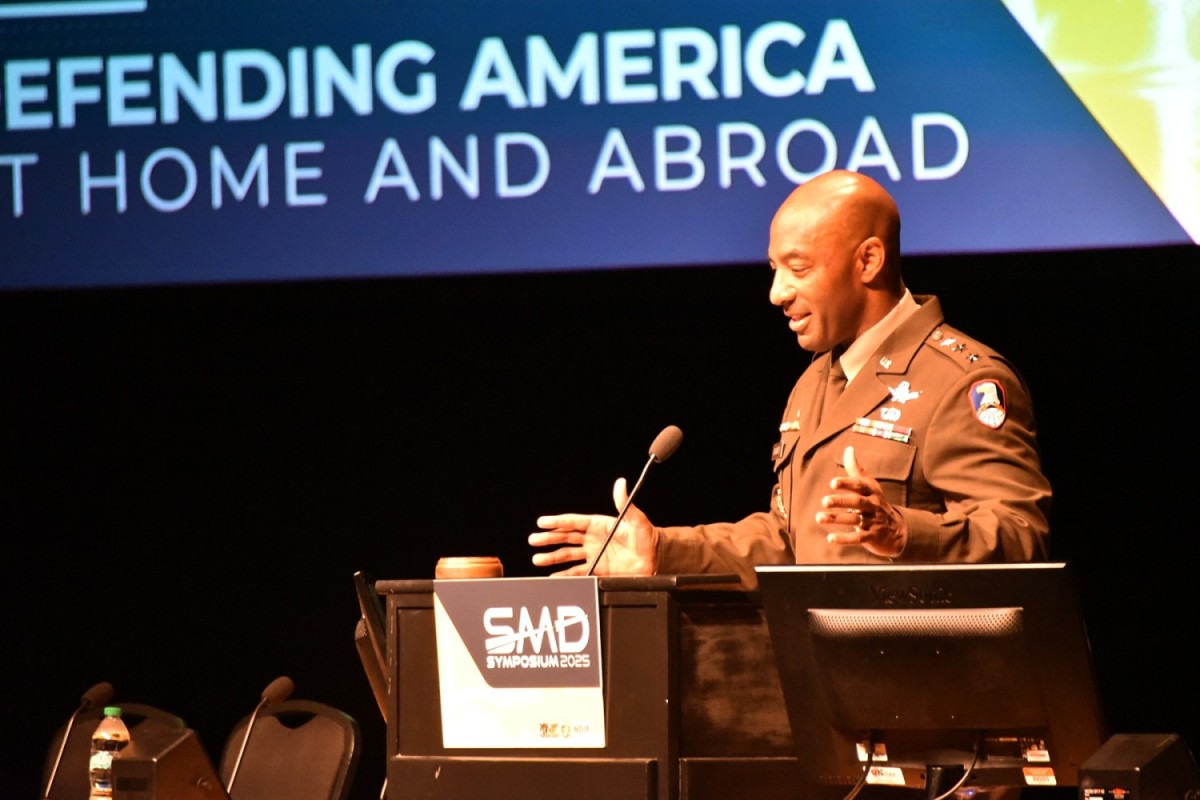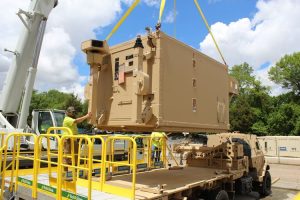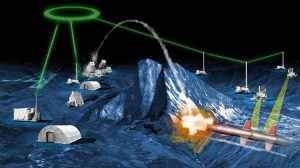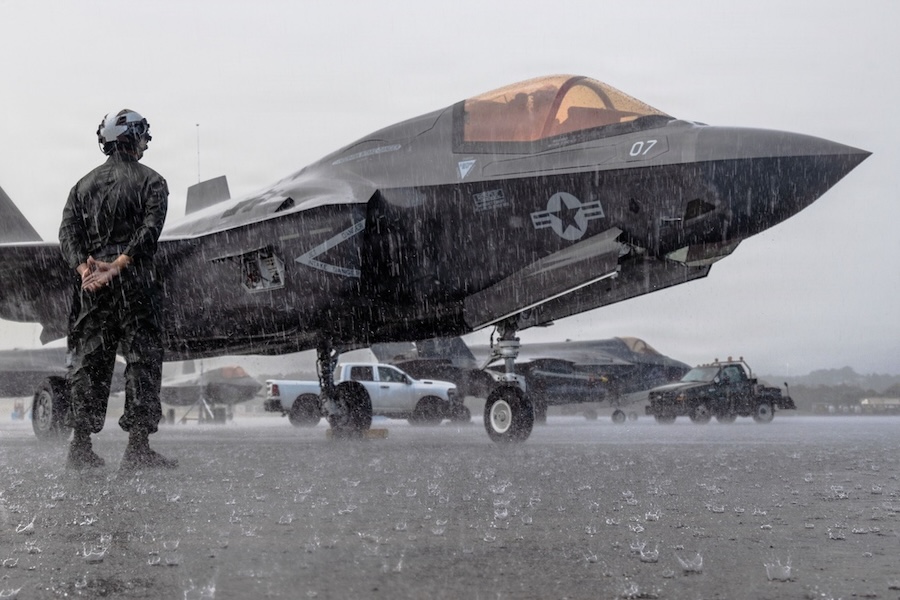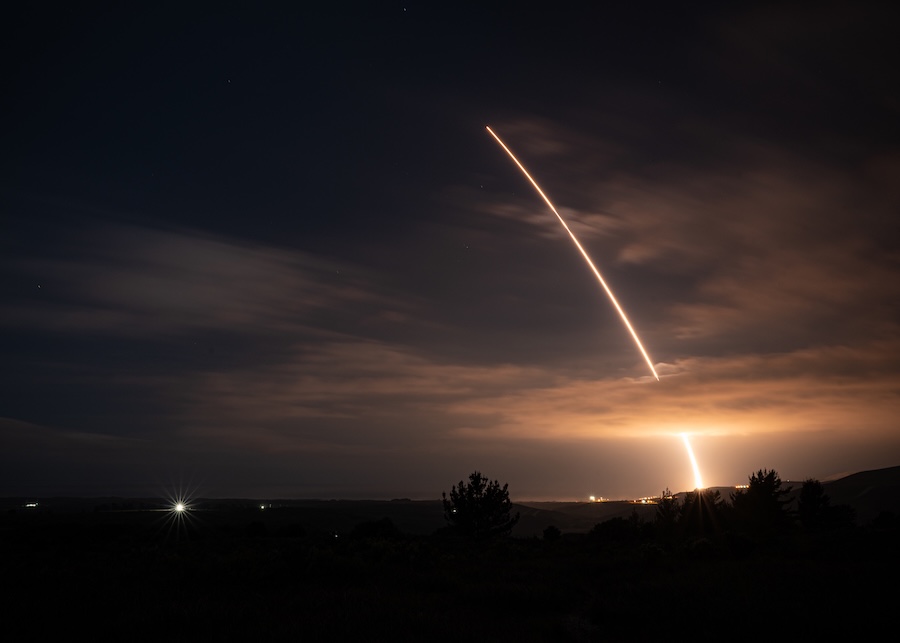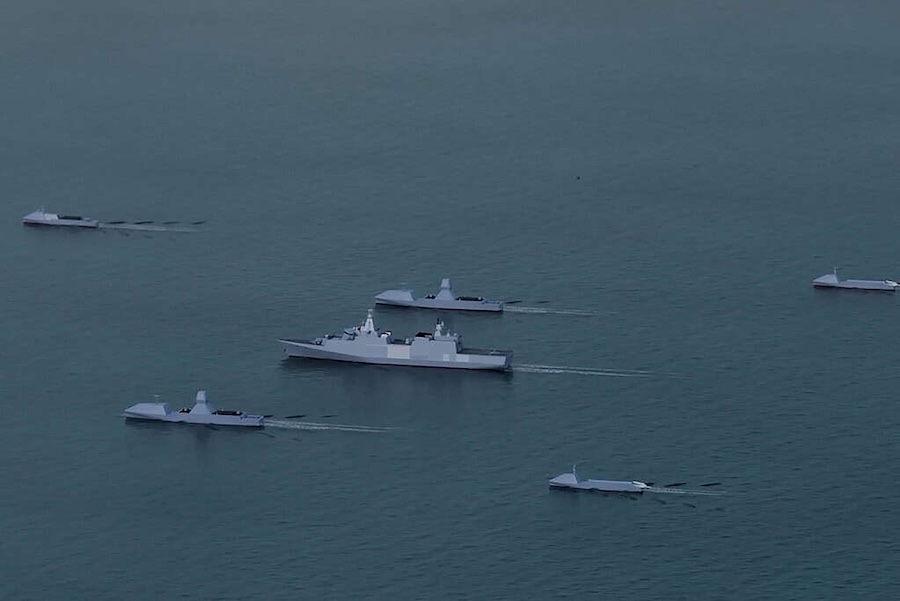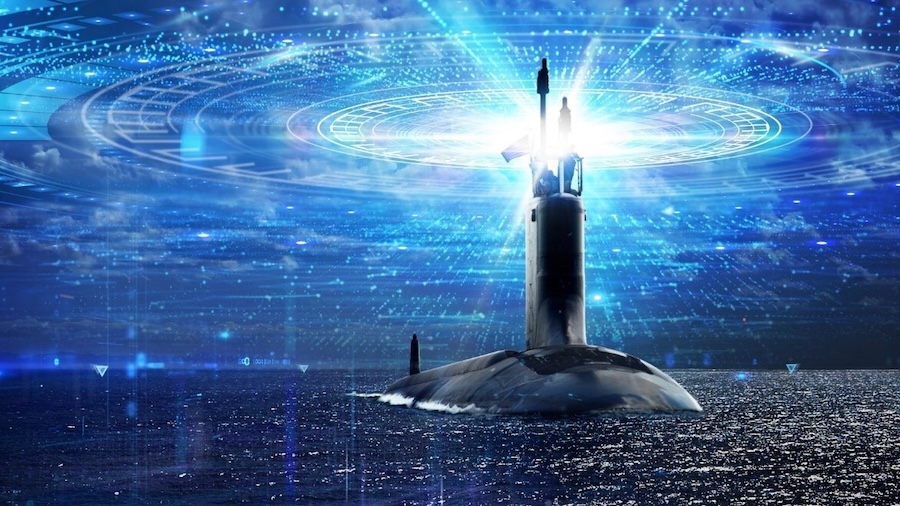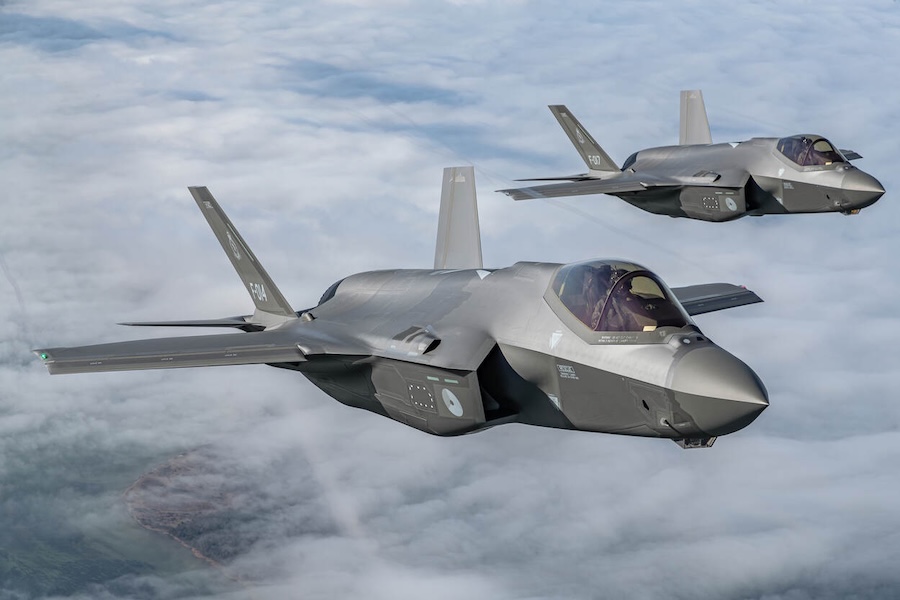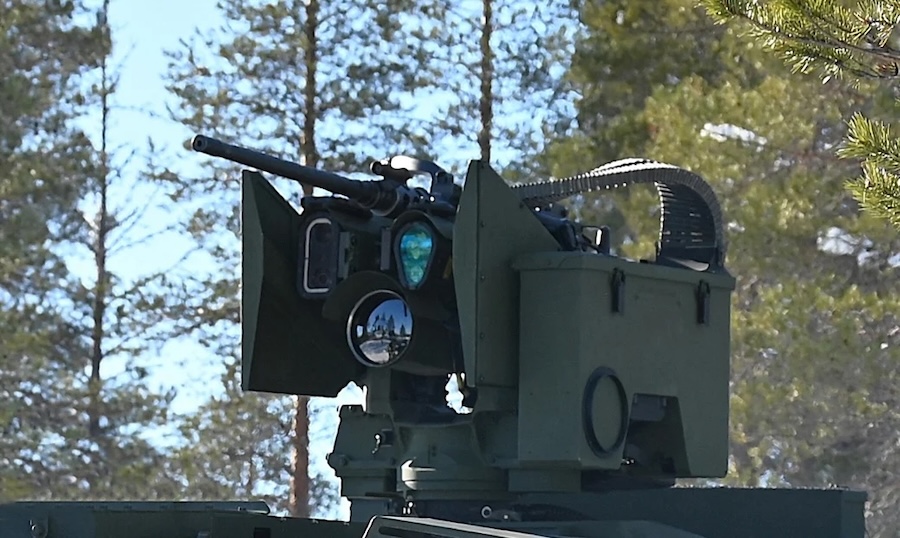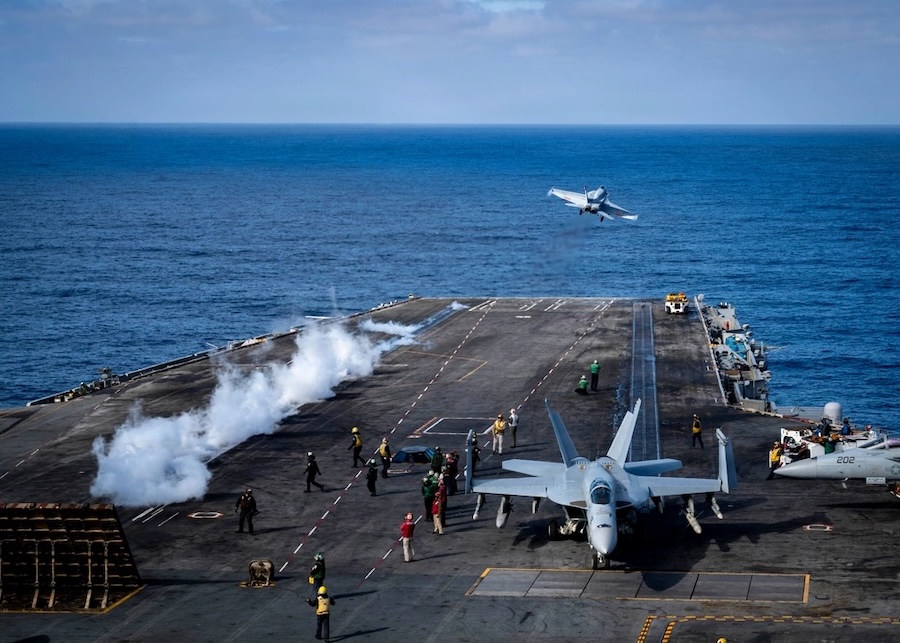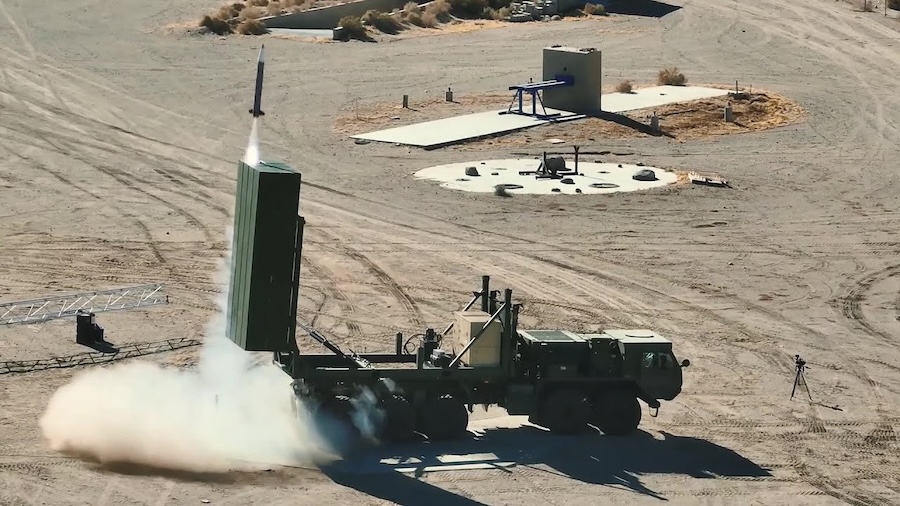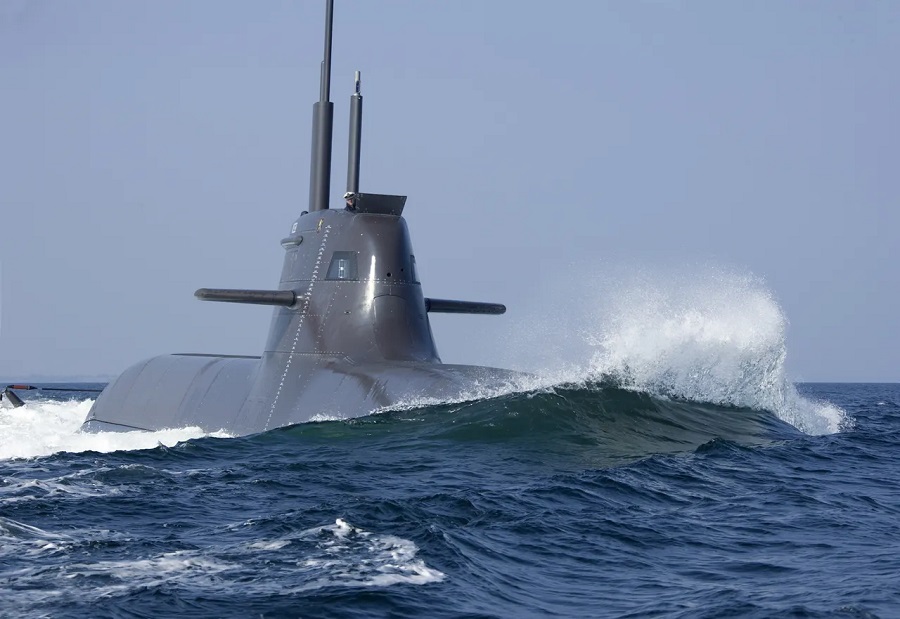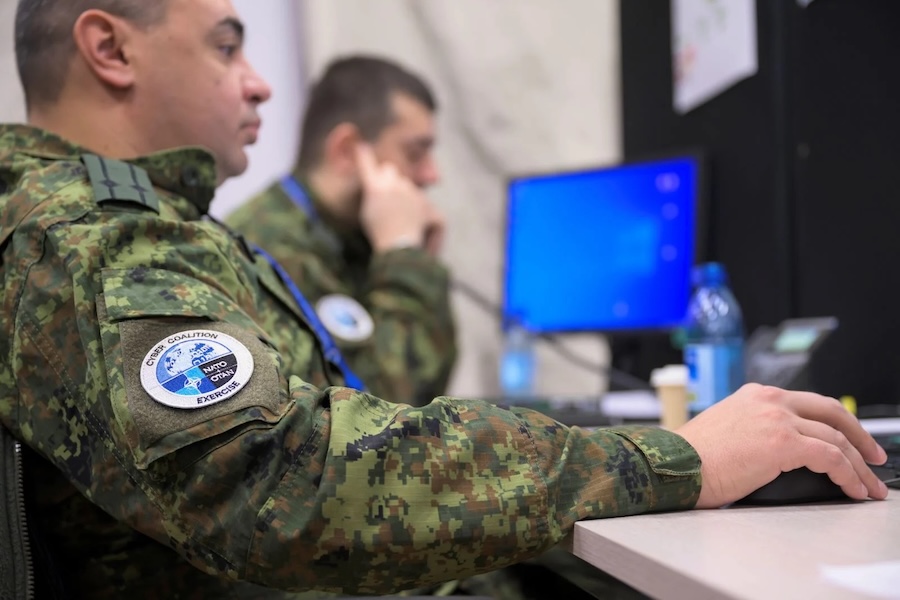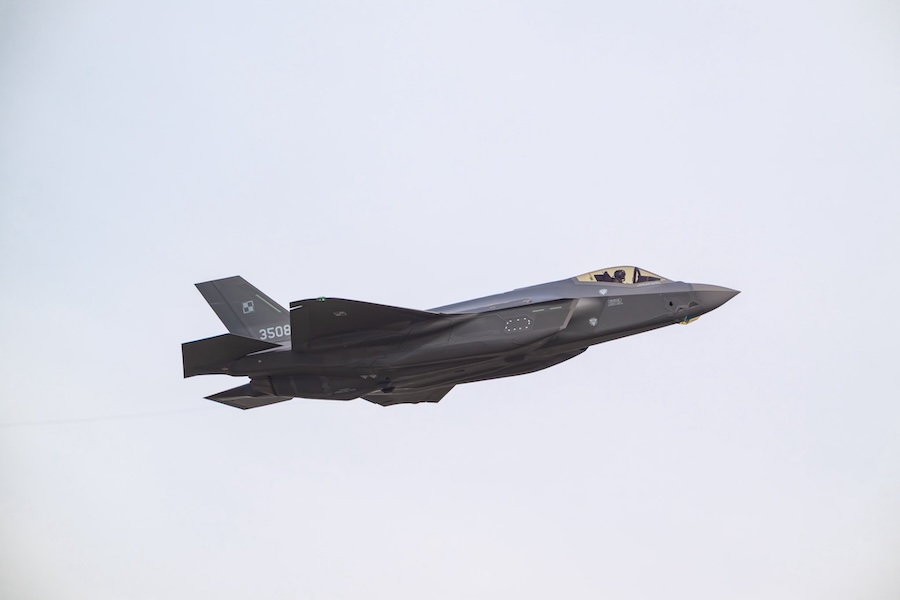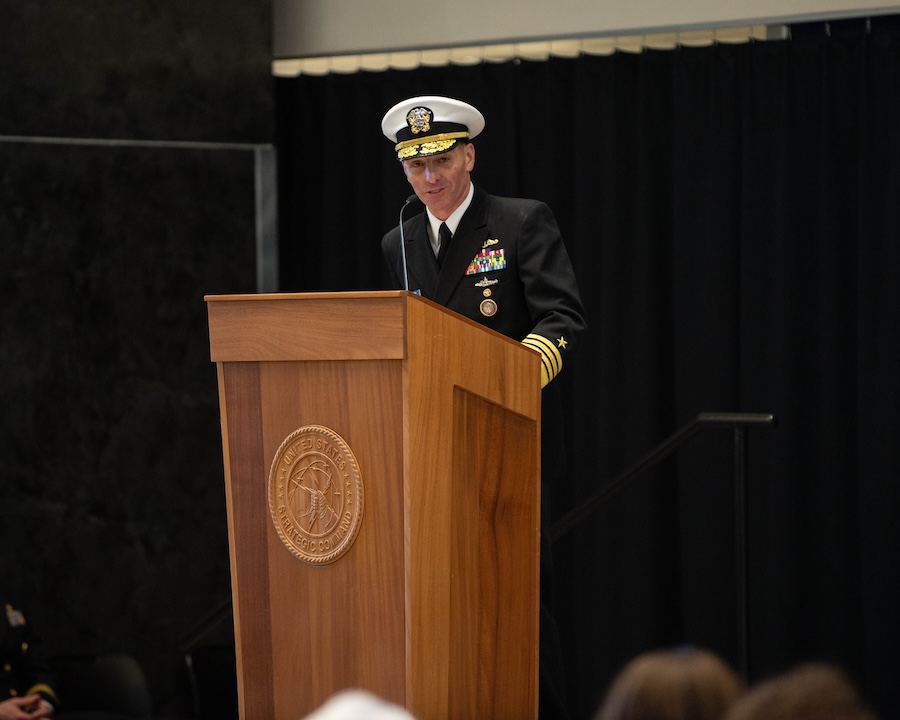Gainey centred his remarks on integrated air and missile defence, Army space operations, and the upcoming introduction of a new military occupational specialty (MOS), aligning with the symposium’s theme, “Space and Missile Defense – Defending America at Home and Abroad.” He stressed the increasing importance of space as a contested domain critical to modern warfare, stating: “Combat credibility demands a strong focus on developing resilient space systems and counter-space capabilities to protect U.S. assets and deny adversaries access to space.”
Highlighting adversaries’ intentions, Gainey said: “Both Russia and China have made it clear that they intend to compete with us in space. We must make it clear that it’s a competition they can’t win.” He outlined how SMDC’s 1st Space Brigade is enhancing operations by incorporating close combat space interdiction into corps-level exercises, thereby disrupting enemy long-range fires and counterattacks.
A key announcement was the creation of the 40D MOS, a space-specific specialty for enlisted Soldiers, set to launch in 57 days. “This is the first space-specific MOS for enlisted Soldiers, and it couldn’t have come at a better time,” Gainey noted, adding: “This new space operations MOS is designed to build a robust and experienced noncommissioned officer corps in Army space.”
He explained that these Soldiers will develop expertise in all areas of space operations and global missile defence, becoming critical advisors to the Army’s space support efforts. “They will learn all aspects of space operations and global missile defense… laying the groundwork for continued growth in Army space,” he said.
Turning to integrated air and missile defence (IAMD), Gainey warned of adversaries increasingly relying on air and missile weapons for deterrence and conflict. “It’s no coincidence that as we enter this new air and missile age, the U.S. Army AMD force is undergoing the most significant modernization in our history,” he stated.
He described the IAMD force as the Army’s “offensive line,” protecting ground forces from drones, missiles and air threats. “Like every great football team, you need a great offensive line to win,” Gainey added.
Central to this transformation is the fielding of the Integrated Battle Command System (IBCS), which allows tailored formations and improved use of sensor data. “IBCS’s ability to use data from multiple sensors and create a composite firing solution sparks a fundamental change in how we fight,” he explained.
To complement the IBCS, the Army will also deploy new systems including the Lower Tier Air and Missile Defense Sensor, Indirect Fire Protection Capability, and Maneuver-Short Range Air Defense. Gainey mentioned that these upgrades will be joined by leaner systems for light units and expanded counter-unmanned aircraft capabilities.
“Warfighting for today and tomorrow requires us to do things differently,” he said, pointing to the growing role of AI, autonomy, and machine integration. “Army air and missile defense is no exception,” Gainey stressed.
He outlined a vision of future formations that are leaner, faster, and more lethal, driven by AI-supported decision-making and continuous transformation. “Human and machine integrated formations… guide us as we continue to build combat ready formations that are leaner, faster, more lethal,” he said.
On the strategic concept of missile defeat, Gainey said this approach is now central to U.S. defence planning. “Missile defeat is no longer a novel idea; it’s a strategic imperative,” he noted. “Put simply, missile defeat effects will be required to win in 21st century warfare.”
Gainey highlighted SMDC’s unique innovation capability, saying: “The synergies between the Tech Center, Center of Excellence, and warfighting units allow SMDC to invent, test, and field equipment” that directly benefits Soldiers. He also confirmed the Command’s ongoing work on the Army Air and Missile Defense Strategy 2040.
“The Army AMD Strategy 2040 describes the fundamental changes in how we will fight in mid-century combat,” he explained, noting the need for formations that can operate independently across varied terrain. He added that Army and Department of Defense efforts must remain unified across space and missile defence domains.
“Space and missile defense superiority are interdependent,” Gainey said. “Success requires layered and integrated teamwork across an architecture.”
He concluded by warning of the growing threat posed by advanced long-range weapons developed by potential adversaries. “These comprise the most catastrophic threat to our homeland,” Gainey said. “At SMDC, we are leaning our shoulders deeper into the task of homeland defense.”
Gainey affirmed SMDC’s commitment to working with other defence organisations, including U.S. Northern Command and the Missile Defense Agency, to build a next-generation defensive architecture. “We continue to build and develop the next-generation defensive architecture that will keep our nation safe for years to come,” he said.


